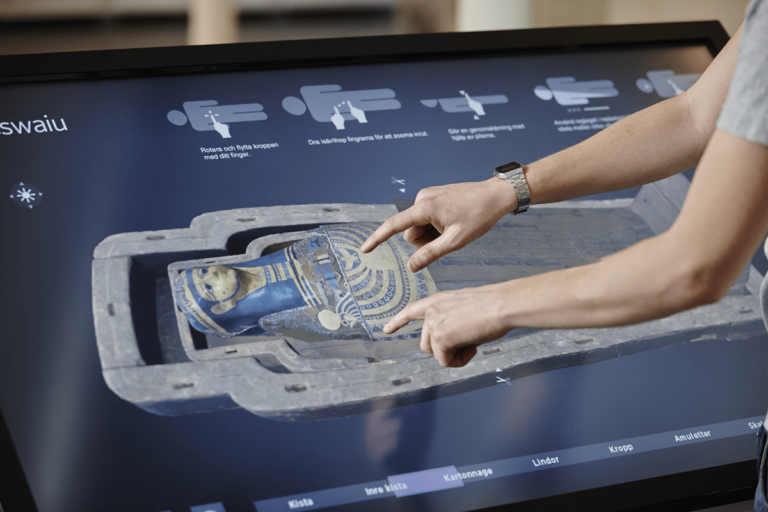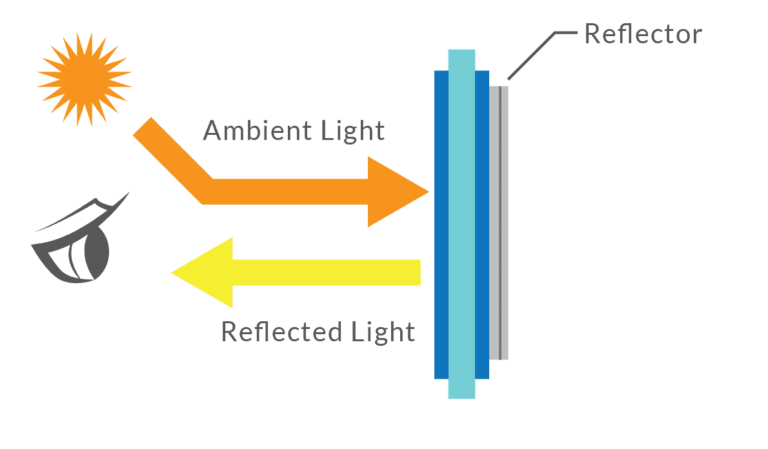- 1 What Is an HDMI Touch Display?
- 2 Key Advantages of HDMI Touch Displays
- 3 1. Universal Compatibility
- 4 2. High-Quality Visuals
- 5 3. Plug-and-Play Simplicity
- 6 4. Cost-Effective Integration
- 7 5. Multi-Touch Functionality
- 8 6. Wide Range of Applications
- 9 7. Long-Term Scalability
- 10 Industrial vs. Consumer Use Cases
- 11 Future Trends in HDMI Touch Displays
- 12 Conclusion
What Is an HDMI Touch Display?
Un HDMI touch display is a screen that combines HDMI connectivity—one of the most widely used video/audio interfaces—with touch input functionality. Unlike traditional monitors, these displays not only show high-resolution content but also enable users to interact directly with the screen through gestures, taps, and swipes.
They are commonly used in:
- Point-of-sale systems (POS)
- Kiosks and interactive terminals
- Medical monitoring equipment
- Smart classrooms and conference rooms
- Gaming and entertainment setups
- Industrial human-machine interfaces (HMI)
Key Advantages of HDMI Touch Displays
1. Universal Compatibility
HDMI is a global standard supported by nearly all modern computing and multimedia devices, from laptops and tablets to single-board computers like the Raspberry Pi. This makes HDMI touch displays extremely versatile—no need for complex adapters or proprietary connectors.
For example, a teacher can connect a laptop to a classroom HDMI touch display instantly, while an engineer can plug a Raspberry Pi into the same display for prototyping.
2. High-Quality Visuals
HDMI supports high-definition (HD), Full HD, and even 4K resolution, delivering crisp images, vibrant colors, and minimal signal degradation. Combined with touch capability, this ensures a seamless, immersive user experience.
- Crisp text for medical imaging
- Vivid colors for design and creative work
- Smooth video for gaming and presentations
3. Plug-and-Play Simplicity
Unlike specialized industrial interfaces such as LVDS or MIPI, HDMI is plug-and-play. Users only need to connect the HDMI cable and a USB (or serial) cable for the touch function. No complicated driver installation is typically required—especially on modern operating systems like Windows, Linux, or Android.
This simplicity reduces installation time and minimizes troubleshooting.
4. Cost-Effective Integration
Because HDMI is widely adopted, HDMI touch displays benefit from economies of scale, making them more affordable than proprietary industrial display solutions. Businesses can save significantly on:
- Initial hardware investment
- Maintenance costs
- Training time for staff (due to familiar interface standards)
5. Multi-Touch Functionality
Most HDMI touch displays support gesti multi-touch (pinch-to-zoom, two-finger scrolling, rotation, etc.), making them ideal for collaboration and creativity. For example:
- Architects can manipulate 3D models directly.
- Students can collaborate on interactive whiteboards.
- Shoppers can explore product catalogs at retail kiosks.
6. Wide Range of Applications
- Education & Training: Interactive whiteboards and e-learning tools.
- Assistenza sanitaria: Touch-enabled patient monitoring systems and diagnostic tools.
- Retail & Hospitality: Digital signage and interactive kiosks for enhanced customer engagement.
- Industrial Use: Operator panels, HMI systems, and factory automation.
- Gaming & Entertainment: Immersive touch control for simulators and arcade systems.
HDMI touch displays bridge the gap between consumer convenience e industrial reliability.
7. Long-Term Scalability
HDMI has been an industry standard since 2003, and its backward compatibility ensures future-proof investments. Even as HDMI evolves (HDMI 2.0, HDMI 2.1), most displays remain compatible with older versions.
This stability reduces risks of obsolescence compared to proprietary interfaces that may phase out quickly.
Industrial vs. Consumer Use Cases
While consumer HDMI touch displays are used in offices, homes, and classrooms, industrial versions are built with rugged designs, high-brightness screens, and extended temperature tolerance.
For instance:
- A consumer HDMI display may offer 250 cd/m² brightness.
- Un industrial HDMI display may exceed 1000 cd/m², enabling readability under direct sunlight.
Industrial-grade HDMI touch screens also come with IP-rated enclosures, ensuring resistance to dust and water.
Future Trends in HDMI Touch Displays
The evolution of HDMI touch displays is moving toward:
- 4K and 8K resolution support for sharper visuals
- Optical bonding technology for reduced reflection and higher clarity
- Integration with IoT systems for smarter interaction
- Wireless HDMI options to minimize cable clutter
- Energy-efficient backlighting for lower power consumption
As interactive technologies become more widespread, HDMI touch displays will remain central to both consumer innovation e industrial modernization.
Conclusione
The advantages of HDMI touch displays go far beyond convenience. Their universal compatibility, high-resolution output, plug-and-play simplicity, affordability, and multi-touch functionality make them an attractive choice across industries. Whether in a classroom, hospital, retail store, or factory, HDMI-enabled touch screens deliver performance, flexibility, and reliability that few other display types can match.
For businesses looking to future-proof their display solutions, HDMI touch displays represent a balance of accessibility and power—a technology that continues to grow in relevance as digital interaction becomes the norm.














